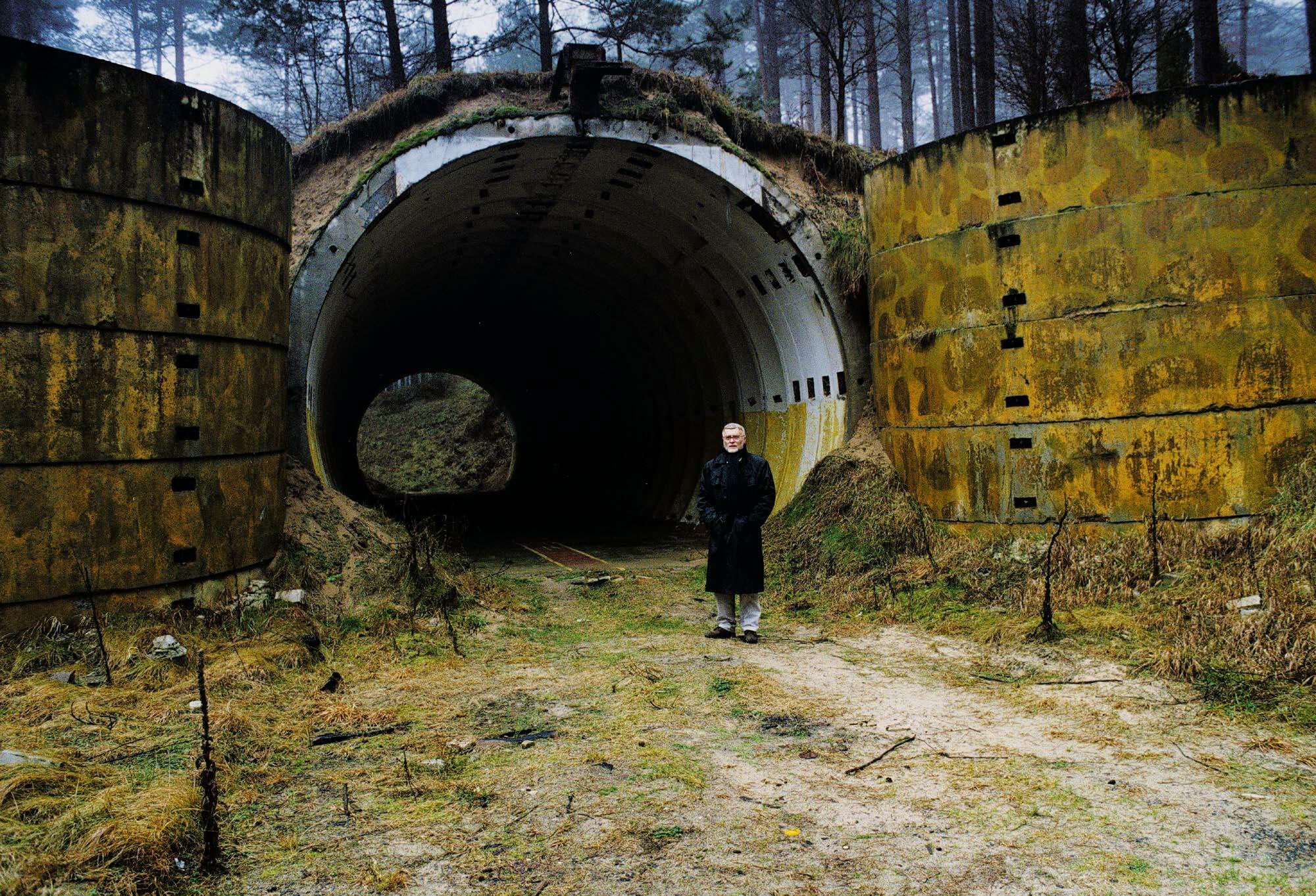Poland’s history has been volatile, with periods of prosperity and stability interspersed by wars, occupations, and boundary changes. This has led to the creation of a diverse architectural landscape that is dotted with gems that have survived as well as ones that have been reconstructed from ruins, like Warsaw’s Old Town.
However, it has also left a trail of locations that have been abandoned, demolished, or never finished. Now, trees have grown over their spooky shells, waves have sucked them whole, and even creatures have begun to live inside of them. However, a large number are still open to the public, providing adventurous travelers, history lovers, and ruin hunters with fascinating side trips.
The world’s highest pope statue, a Soviet nuclear site, a German Nazi torpedo platform, and a kiosk graveyard are among the 10 most intriguing abandoned locations in Poland that are listed here.
1. Nazi torpedo site near Gdynia
Nestled in the Babie Doły area of Gdynia, an abandoned Nazi torpedo test site has long captivated swimmers and architects alike, perched on sunken caissons approximately 300 meters from a beach.
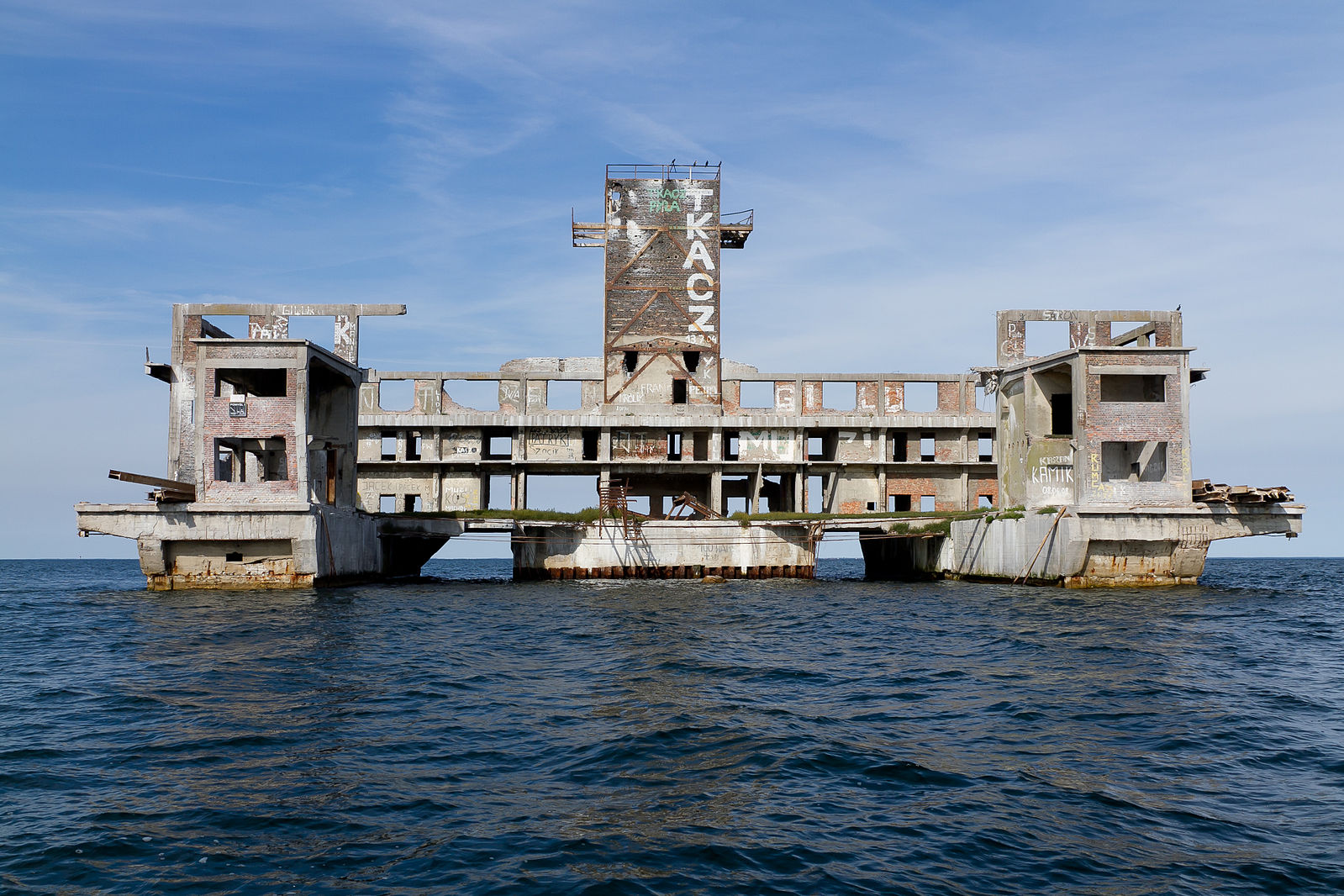
All that is left of the platform, which was built in 1942 while the region was still a part of the former German state of West Prussia, is its skeleton. The platform was constructed during World War Two.
Later, the Soviet Army utilized the station—nicknamed “Torpedownia”—for military scuba training. Eventually, the lengthy wooden pier was blown up to prevent access after it fell into disrepair. It may now only be accessed by boat or swimming, and it is unattended.
The Association of Polish Architects (SARP) selected a concept to convert the relict into a monastery for Franciscan monks as the best student project for 2020 last year. Paweł Lisiak received praise for his idea of a monastic getaway by the sea, which involved “confronting the sacred with the profane.”
2. The Świdermajers of Otwock
Typical local wooden villas along the railway line from Warsaw to adjacent Otwock, a spa resort particularly popular with the pre-war Varsovian middle class. Their broad roofs remind one of Swiss chalets, and their windowed porches are reminiscent of Siberian dachas from the tsarist era.
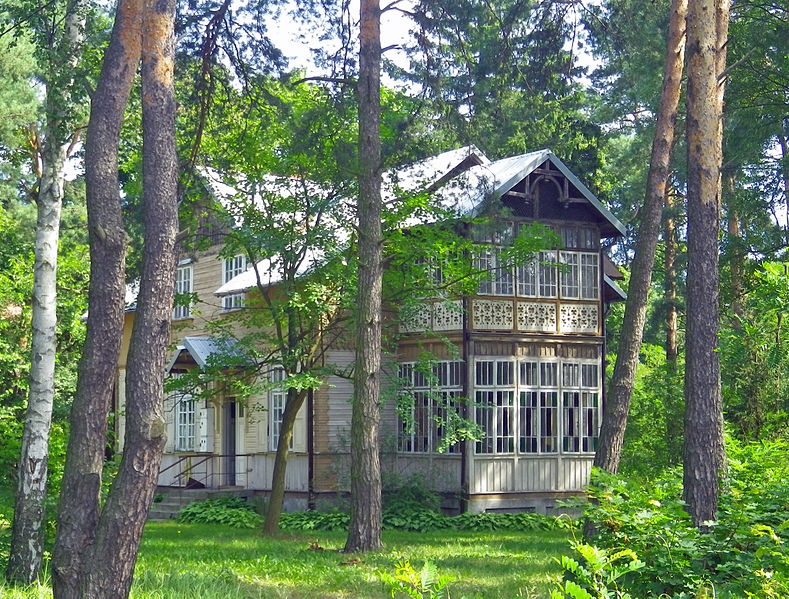
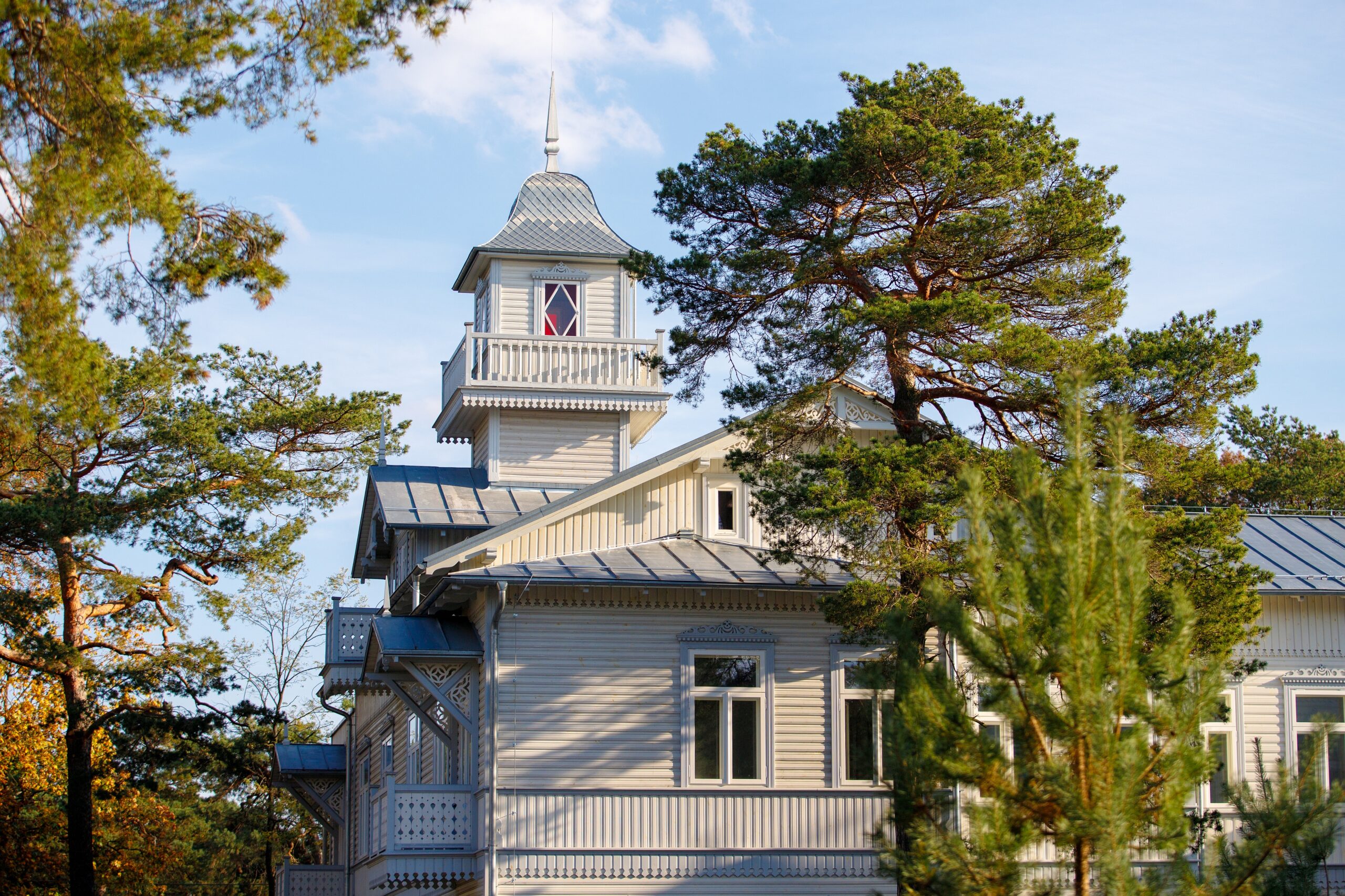
The distinctive regional fashion is recognized as Ŗwidermajer, a neologism that blends the name of the nearby river Świder with the central European Biedermeier style of the 19th century. Once he settled in Otwock, Polish artist Michał Elwiro Andriolli, the creator of the style, erected a house similar to this for himself. He then built about a dozen other villas that were available for rent.
Poet Julian Tuwim, teacher Janusz Korczak, and Poland’s Nobel laureate in literature, Władyslaw Reymont, were among the frequent visitors.Just about 180 of the hundreds of villas in Otwock that were constructed by the turn of the 20th century are still preserved today. To preserve the history of the area, the town is currently constructing twelve bus shelters with spruce woodwork that mimics the lace pattern of the cottages.
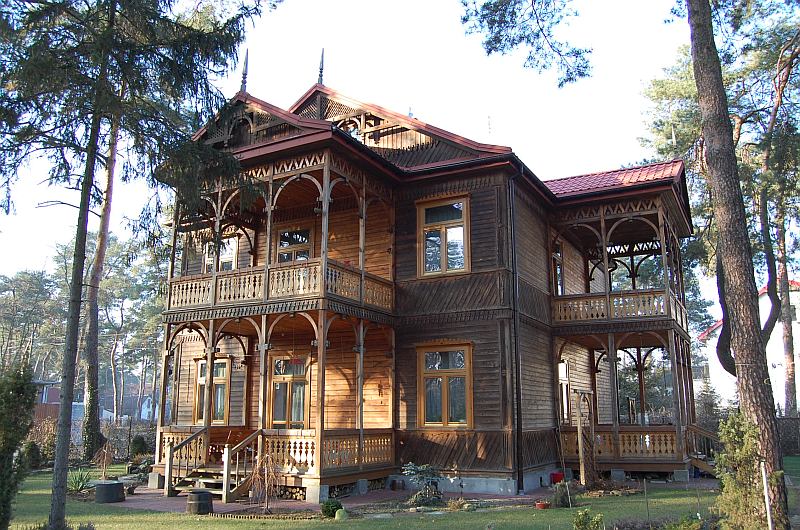
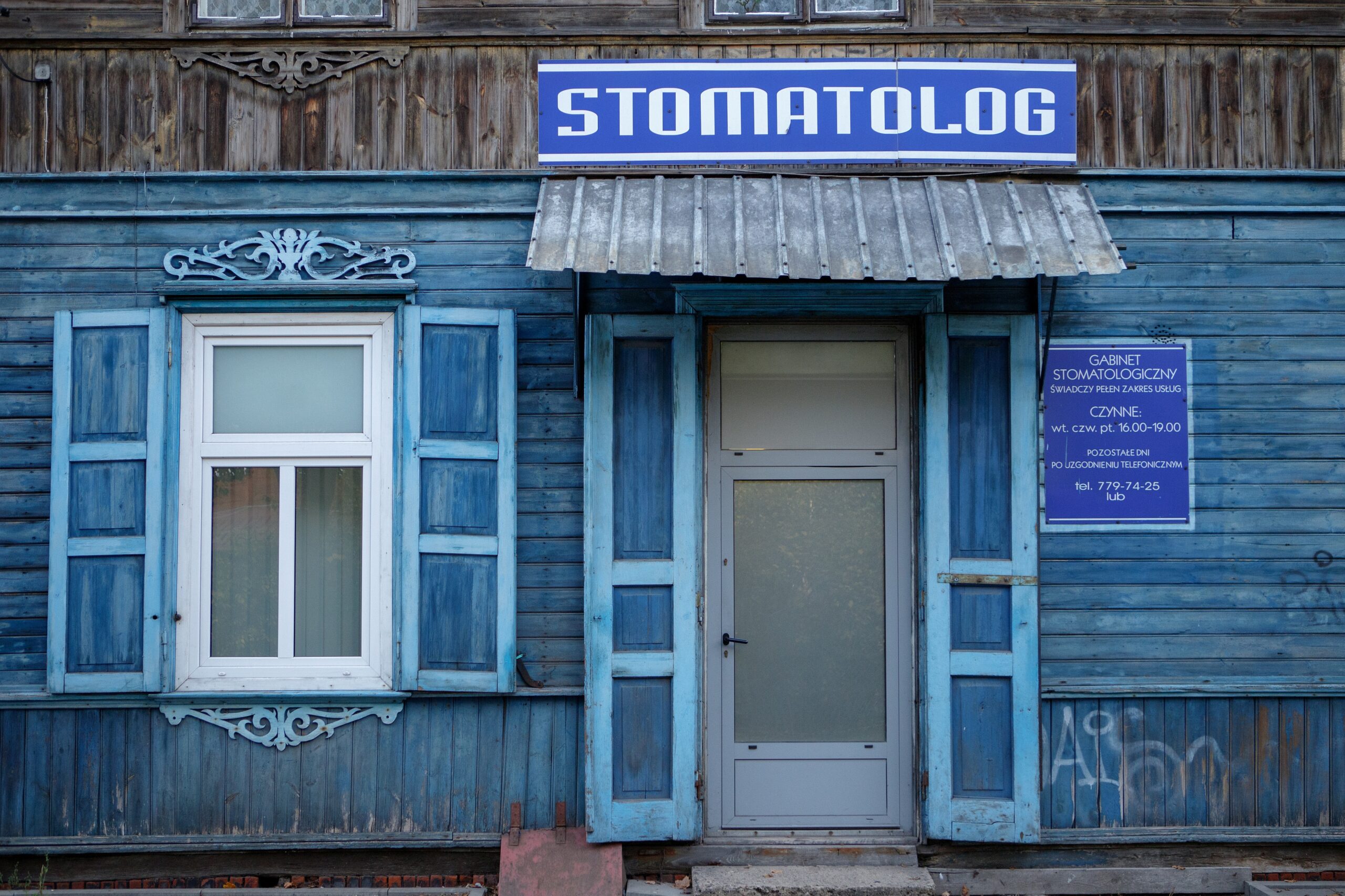
3. The Granary at Modlin Fortress
As his troops advanced on Moscow, Napoleon ordered the construction of the Modlin fortress, where the navy and greenish waters of the Vistula and Narew rivers met. The expansive property was taken over by the Poles following his defeat in 1812, and they proceeded to extend it, adding a neo-Renaissance granary to the complex in 1853.
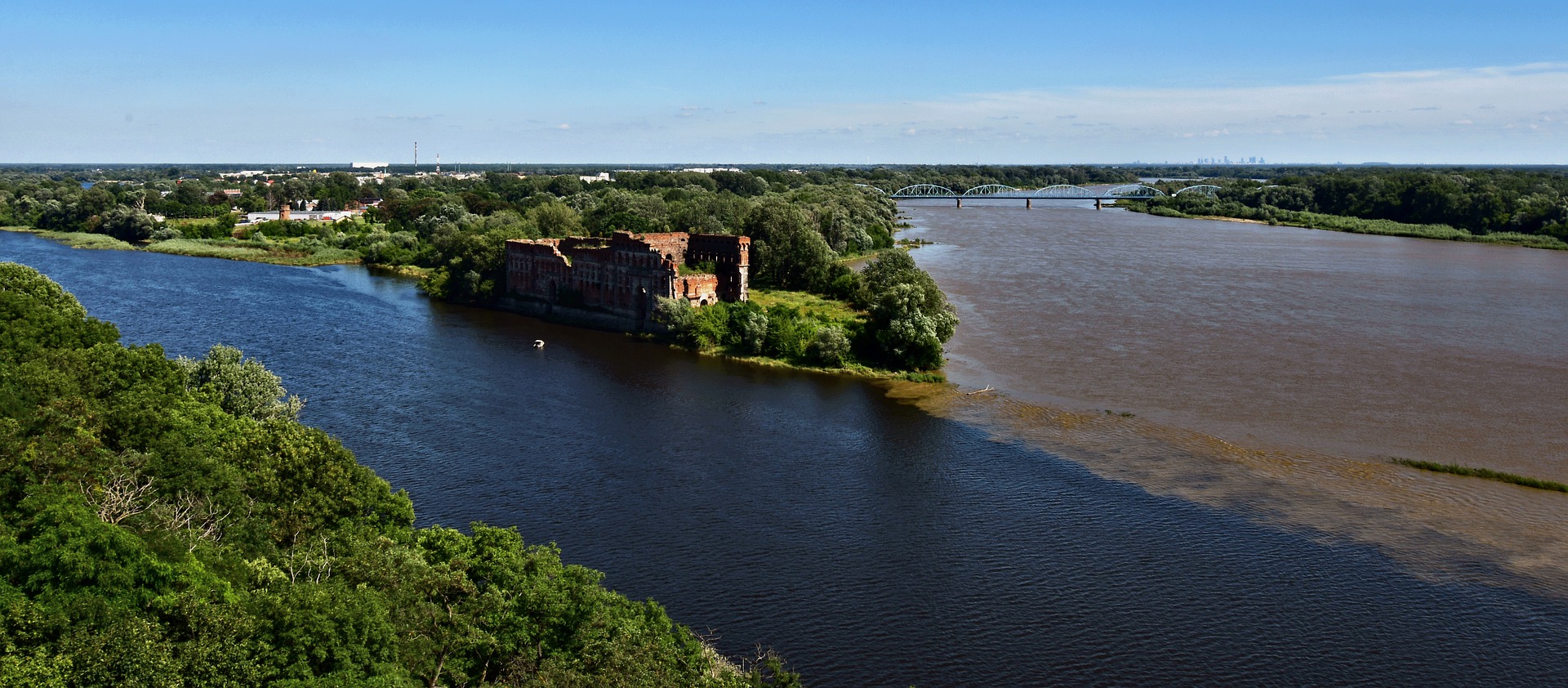

Although the brick structure was primarily intended for storing grain, the windows on the lower floors were included to provide a light blast of artillery fire. Jan Zachwatowicz, a Polish architect who oversaw the post-World War II restoration of neighboring Warsaw, prevented the bomb damage to the shell from being demolished.
Up until 2000, the Modlin stronghold on the other bank of the Narew was a military installation; it is now a tourist destination. The 2,250-meter hexagon-shaped barracks, which are thought to be the longest structure in Europe, can accommodate up to 100,000 people during a conflict and 20,000 soldiers during peacetime.
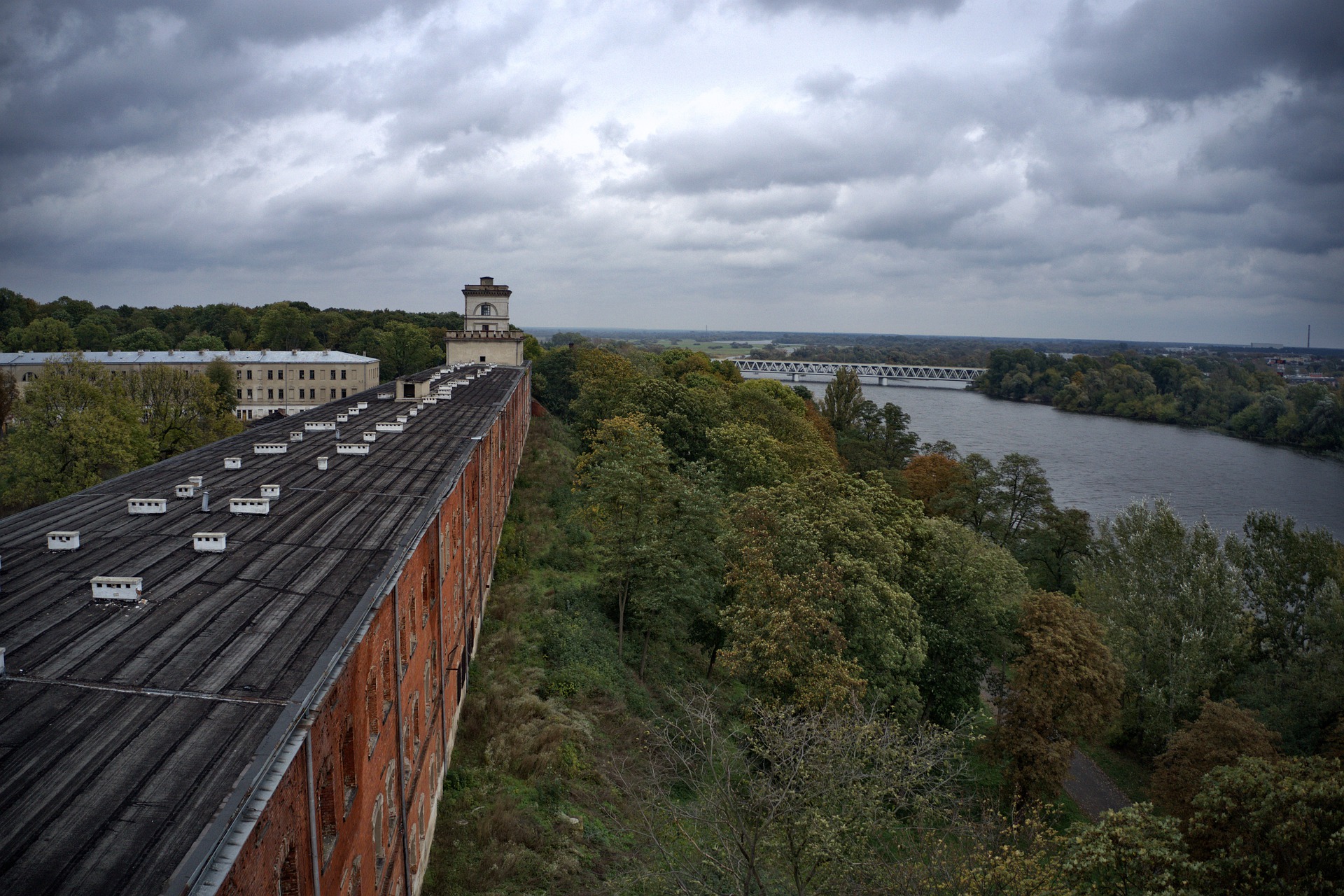
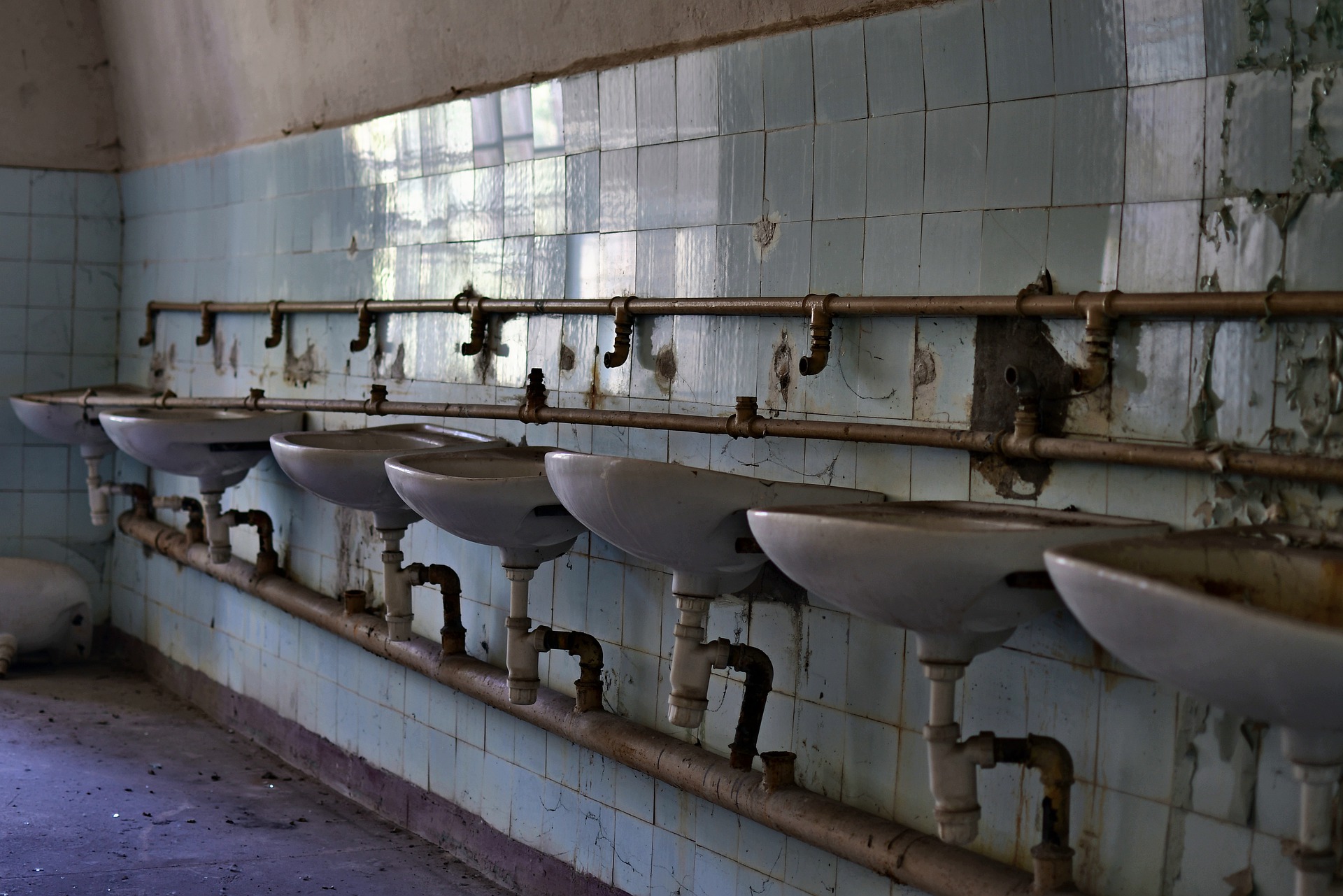
4. Vision of fission in Żarnowiec
The first nuclear power plant in Poland is expected to start operating in 2033. Nonetheless, the nation nearly started building its first nuclear power station in Żarnowiec as early as the 1980s.
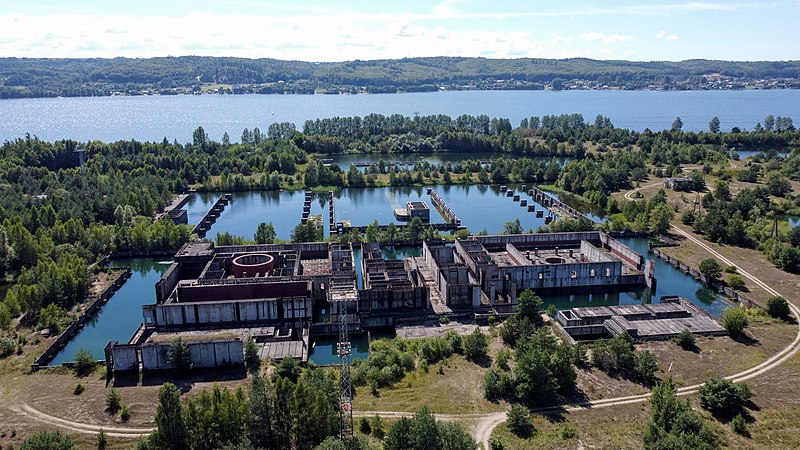
Two 465 MW reactors were planned to be built on a site 50 km northwest of Gdańsk after years of hydrological, seismic, and demographic research. However, the 1986 Chernobyl tragedy in neighboring Ukraine alarmed the authorities, and 86% of locals opposed the plant’s development in a 1990 provincial referendum.
In the same year, the government canceled the nuclear project and left the location vulnerable to flooding and theft. Of the planned $500 million expenditure, two reactor vessels were demolished and the other two were sold to Finland and Hungary for a total of $6 million.
5. Fairytale folly in Łapalice
In the vicinity of Łapalice hamlet, a dozen turrets with a medieval appearance emerge from the forest. However, upon closer examination, the castle’s bare brick walls and vacant window apertures reveal it to be nothing more than a shell that has been left empty since it was abandoned in 1991.
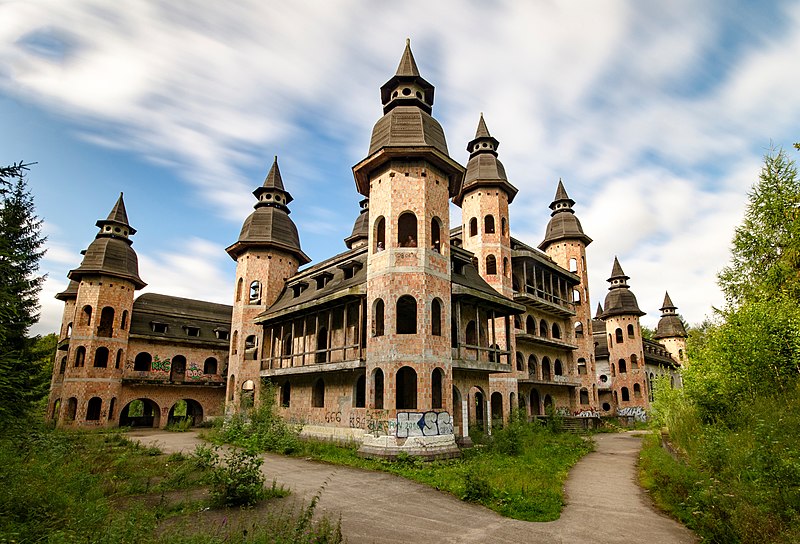
Polish artist Piotr Kazimierczak began construction on a massive studio in 1979. It included 365 windows, 52 rooms, a ballroom, and a swimming pool. But due to a number of financial and legal issues, work was put on hold and never really started again.
There is a gate that supposedly leads to the estate, even though it is not officially open to the public. Similar problems have arisen in another attempt to construct an even greater castle in the medieval style on a lake in the protected Notecka Forest. Information has shown that the residential construction went beyond the original building permits, and seven individuals associated with the project were arrested last year.
6. The factory that fuelled WW2 in Police
At its height, Germany’s liquid fuel supply came mostly from the Hydrierwerke Pölitz petrol plant, which also supplied much of the lubrication needed for the Nazi war effort. The plant converted brown coal into synthetic fuels for the Luftwaffe, U-boats, Kriegsmarine warships, as well as Wehrmacht vehicles and tanks, using high-pressure hydrogenation techniques.
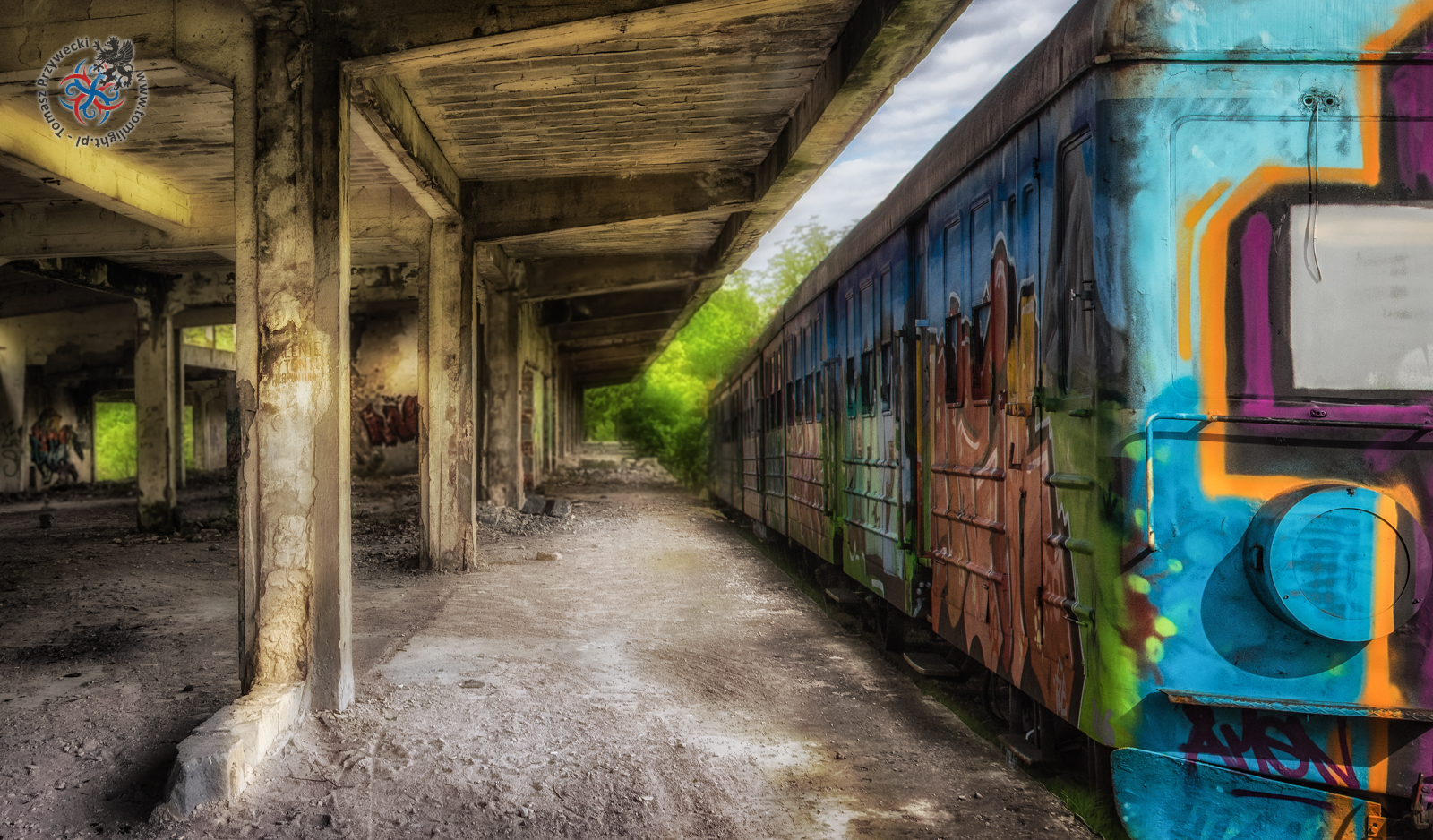
Approximately 30,000 prisoners were transported to work as forced laborers in the plant throughout World War II from the concentration camps at Stutthof, Sachsenhausen, and Ravensbrück; of them, 13,000 perished. After suffering damage from twelve significant air strikes, the Germans withdrew and abandoned the factory.
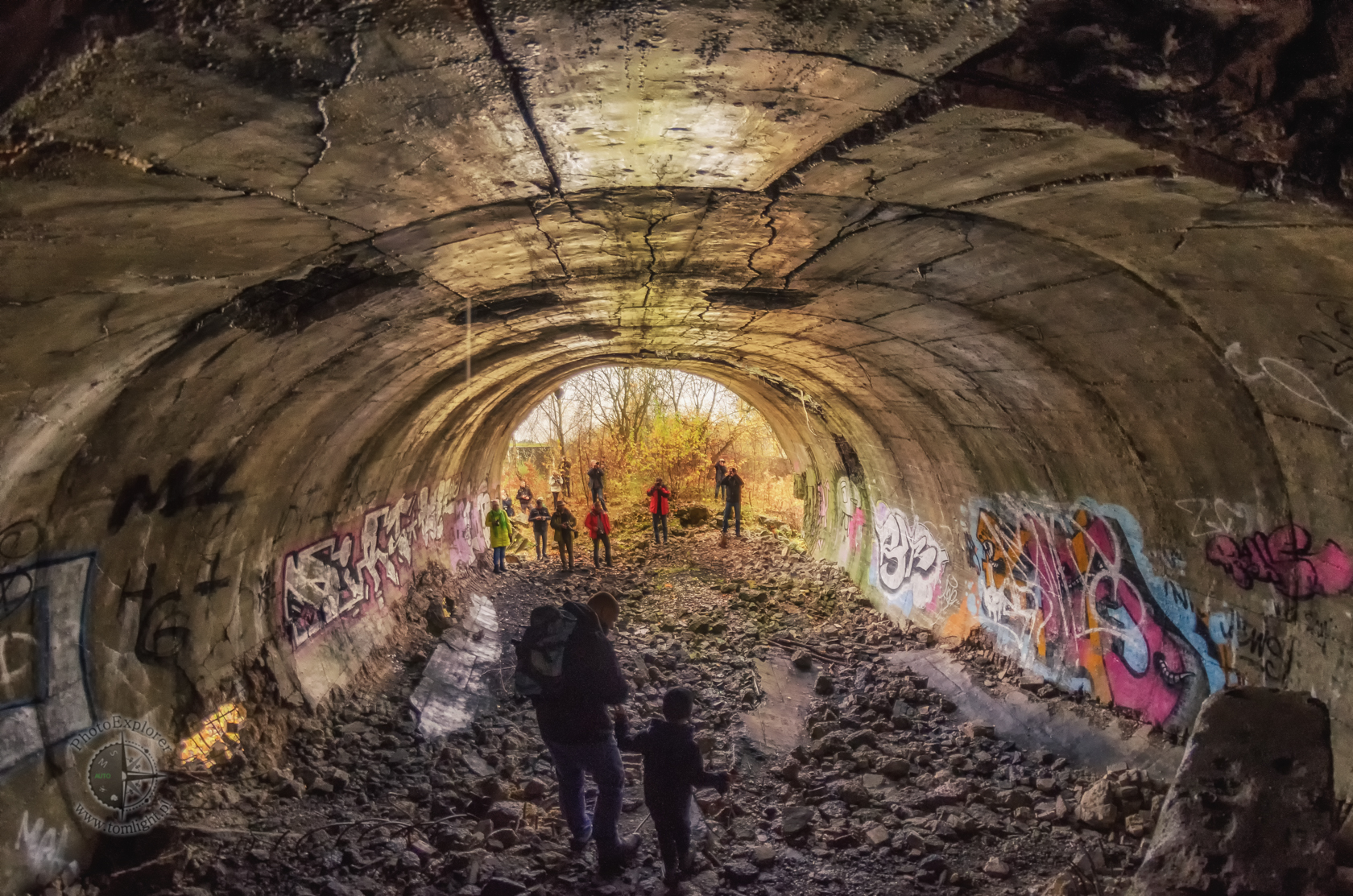
Any important technological components were returned to the USSR once the Red Army had taken control of the area. Bats have taken up residence in the dilapidated buildings, which are situated in what is now the Polish city of Police.
8. Secret Soviet nuclear arsenal in Borne Sulinowo
It is thought that a lethal nuclear arsenal was concealed in the woods close to Borne Sulinowo during the height of the Cold War. The Soviet military enclave was so covert that even the locals were unaware of its stockpile of nuclear bombs ready for an unexpected attack by NATO forces. It was only accessible with special passes until 1991.
